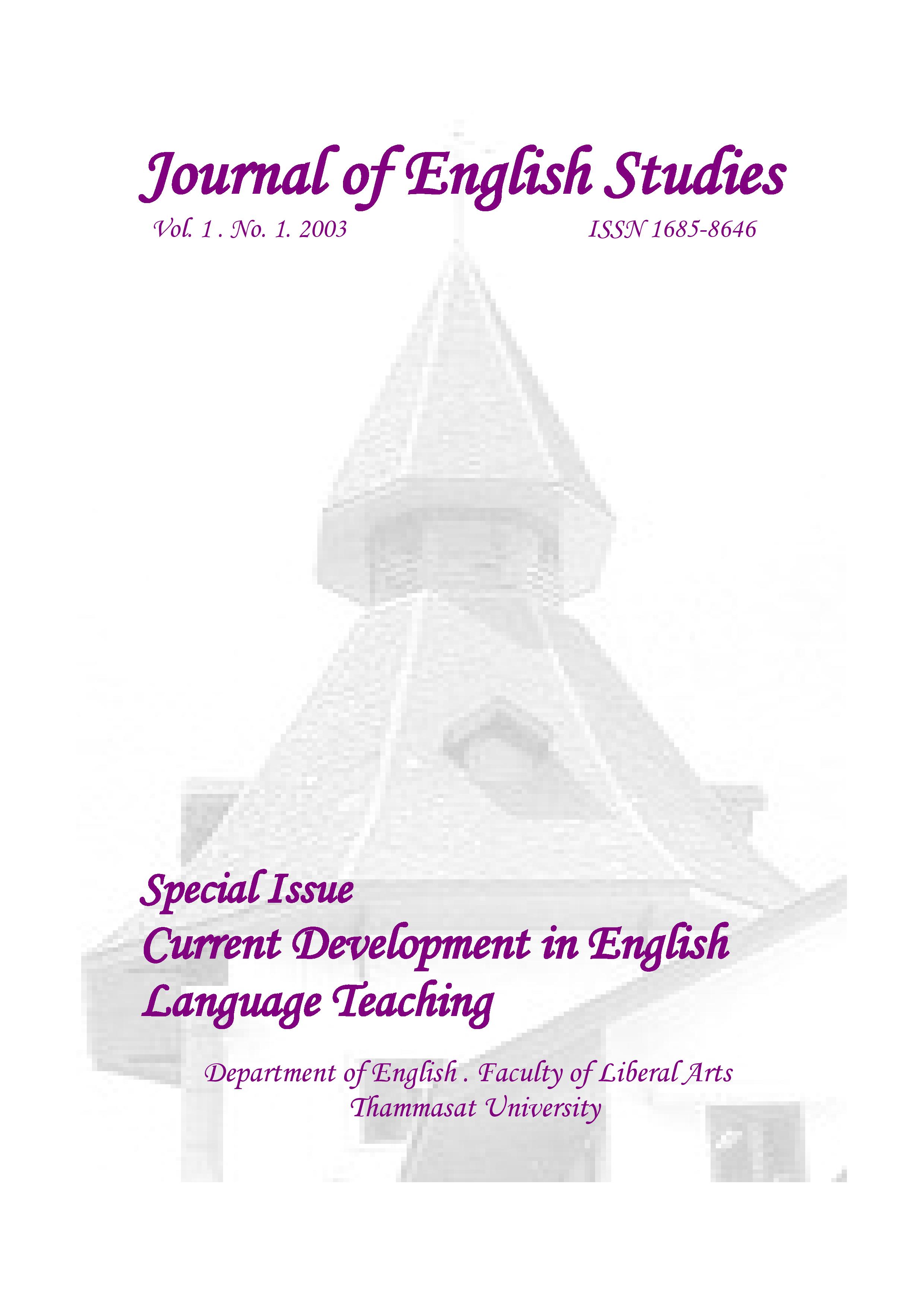Learner Centered EFL Exams & Grading: A Classroom Study of Effectiveness
Main Article Content
Abstract
Article Details

This work is licensed under a Creative Commons Attribution-NonCommercial-NoDerivatives 4.0 International License.
Authors who publish with this journal agree to the following terms: Authors retain copyright and grant the journal right of first publication with the work simultaneously licensed under a Creative Commons Attribution License that allows others to share the work with an acknowledgement of the work's authorship and initial publication in this journal. Authors are able to enter into separate, additional contractual arrangements for the non-exclusive distribution of the journal's published version of the work (e.g., post it to an institutional repository or publish it in a book), with an acknowledgement of its initial publication in this journal. Authors are permitted and encouraged to post their work online (e.g., in institutional repositories or on their website) prior to and during the submission process, as it can lead to productive exchanges, as well as earlier and greater citation of published work (See The Effect of Open Access).References
Campbell, C., &Kryszewska, H.(2000). Learner-based teaching.London: Oxford University Press.
Davis, G., & Rinvolucri, M. (1999). Ways of doing. London: Cambridge University Press.
Dickenson, L. (1997). Self-instruction in language learning. London: Cambridge University Press.
Dufue, B. (1995). Teaching myself. London: Oxford University Press.
Hadfield, J. (2000). Classroom dynamics. London: Oxford University Press.
Honebein, P. (1996). Seven goals for the design of constructivist learning environments. In B. Wilson (Ed.), Constructivist learning environments: Case studies in instructional design(p.11-24). NJ: Educational Technology Publications.
Marsland, B. (2000). Lessons from nothing. London: Cambridge University Press.
Office of the Prime Minister. (1999). National Education Act of B.E. 2542. Bangkok: Office of the National Education Commission.
Rambush, N.,& Stoops, J. (1992). The Authentic American Montessori School: A Guide to the Self-Study, Evaluation, and Accreditation of American Schools Committed to Montessori Education. The Commission on Elementary Schools of the Middle States Association of Colleges and Schools and the American Montessori Society.
Rogers, C. (1983). Freedom to learn for the ‘80’s. Charles E. Merrill.Tudor, I. (1997). Learner centerdness as language learning. London: Cambridge University Press.

